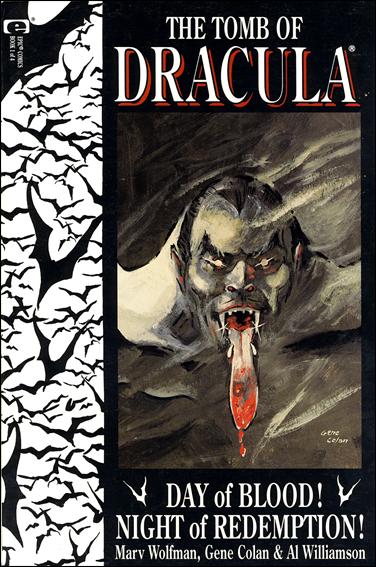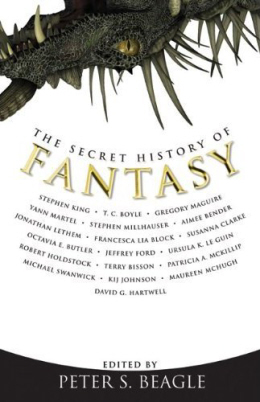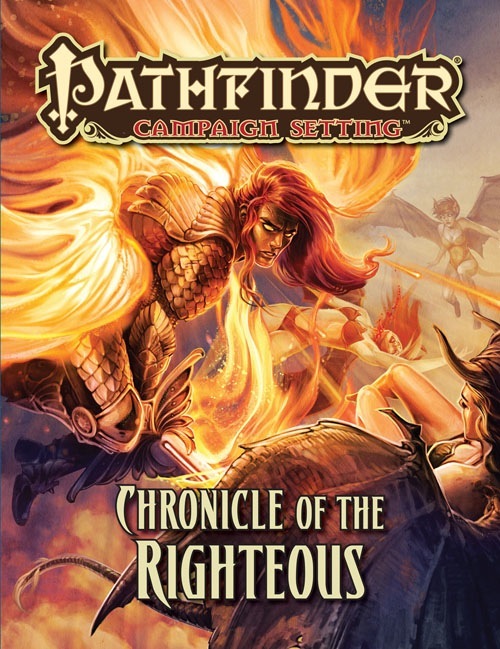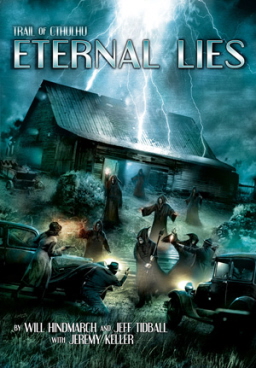More Than Whodunit: the Science Fiction Mystery
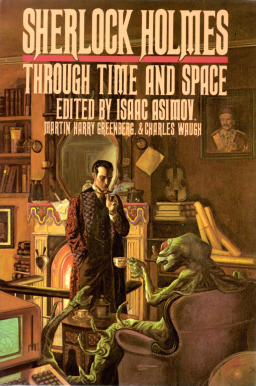 There’s a reason that crime or mystery is the genre most often mixed in with others. When you’re writing novel or short story, you generally go about it by finding a character and asking yourself what kind of problems a person like that would face. Then, of course, you give that person those problems; it’s the solving of the problems that forms the narrative of the story. Involving your character in a crime certainly makes for a nice problem, and of the crime problems available, murder is the one readers find most interesting – at least for novel-length narratives.
There’s a reason that crime or mystery is the genre most often mixed in with others. When you’re writing novel or short story, you generally go about it by finding a character and asking yourself what kind of problems a person like that would face. Then, of course, you give that person those problems; it’s the solving of the problems that forms the narrative of the story. Involving your character in a crime certainly makes for a nice problem, and of the crime problems available, murder is the one readers find most interesting – at least for novel-length narratives.
But mixing crime into your SF does present its own peculiar difficulties. As John W. Campbell suggested, it would be too easy for the writer to suddenly come up with a gadget or whizmo that would solve the crime. And Campbell was right to worry that writers might take that easy way out. Just as in fantasy mysteries, however, all you have to do to create great SF mysteries is respect the conventions of both genres.
Well, in a world where anything about writing can be summed up in the phrase “all you have to do is.”
Not all mysteries are of the classic “puzzle” type, the whodunit usually associated with Agatha Christie, but most do follow a few basic conventions. The criminal is revealed (at least to the reader); the solution makes reasonable sense within the parameters of the story (no deus ex machina); the readers had a reasonable chance of solving the problem for themselves (no withholding evidence). SF is the genre of change, exploring the impact of (usually) technological innovations or changes on humans and human society. So in the same way that fantasy mysteries have to take into account the supernatural elements of their imagined worlds, SF mysteries have to work with whatever technological changes make the world of the story different from ours. It’s how these changes lead to crimes, or help to solve them, that makes an SF mystery.
